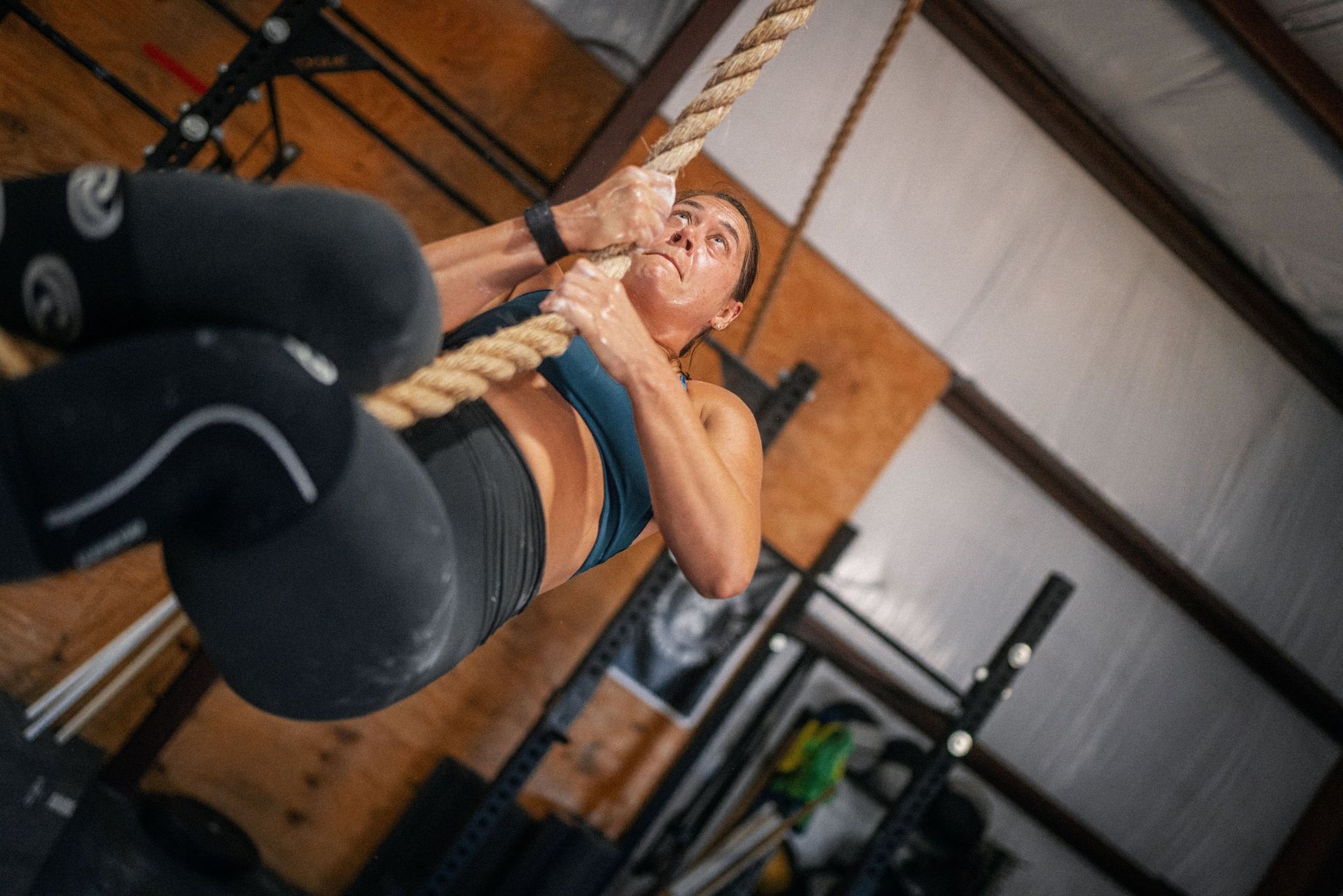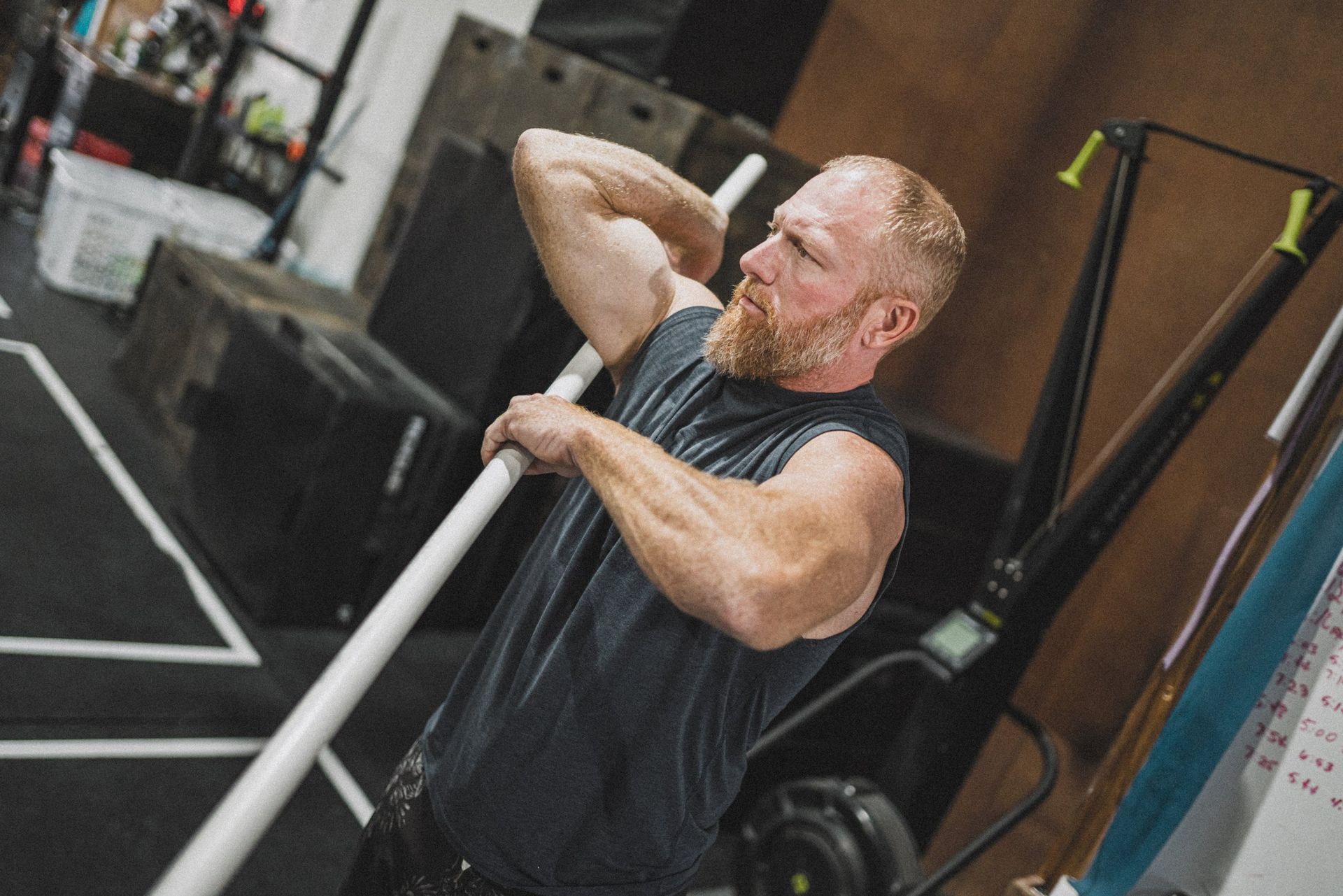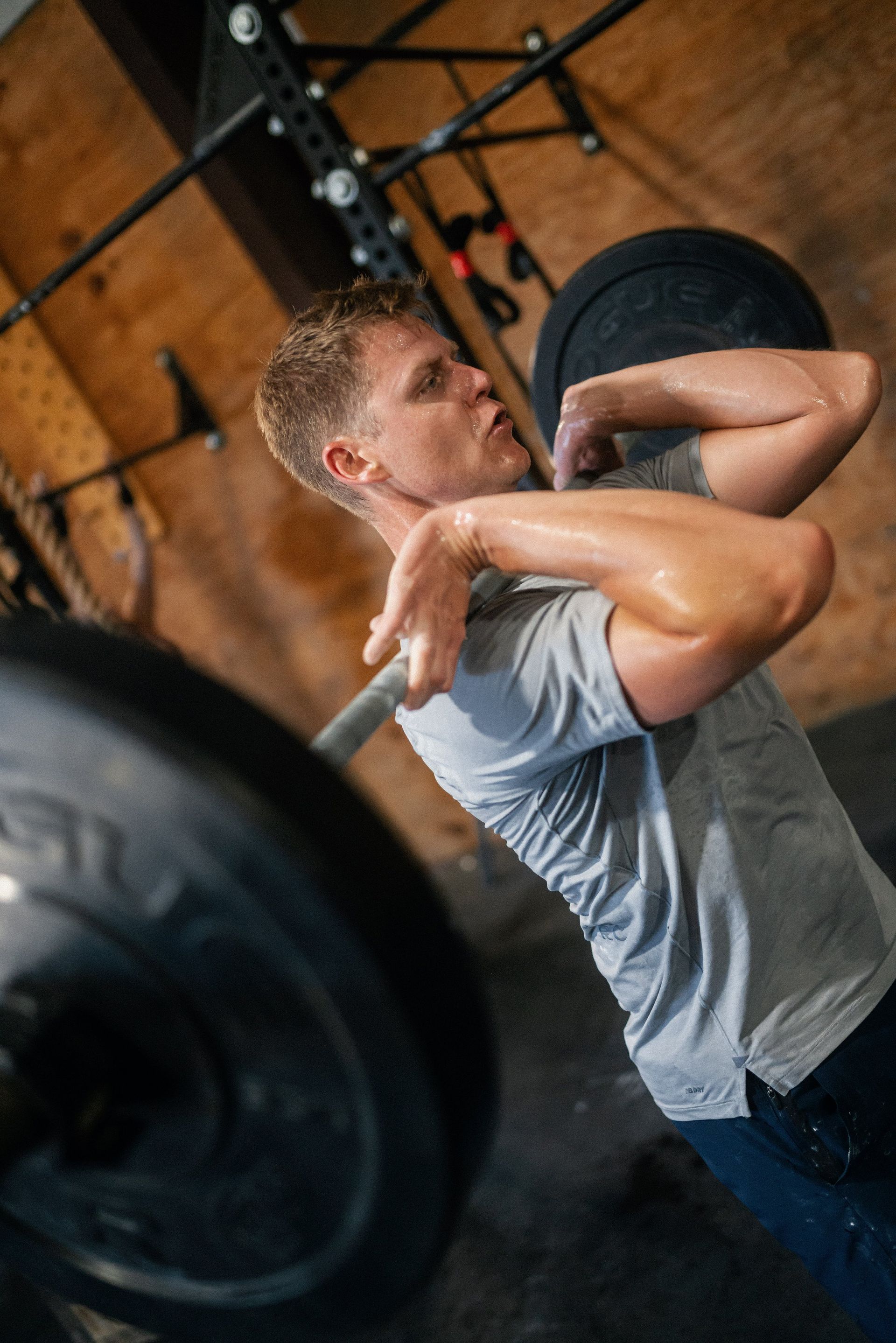Why am I Sore?
What do you think would make you more sore for a longer period of time: 150 wall balls for time (affectionately referred to as “Karen”) or five sets of heavy doubles on back squats?
When I say “sore” I’m referring to "Delayed Onset Muscle Soreness". This is a well known term used in scientific studies of physical exertion and even if you didn't know the term it’s a feeling I'm sure you are familiar with if you have ever spent time working out at a high level of intensity. It is the achiness that makes you feel really stiff (makes sitting down on the toilet a real challenge) that sets in 24 to 48 hours after a workout and can last up to a week or more. When you wake up in the morning and you think, “this is what I’m gonna feel like when I’m 93”; that’s soreness.
For a long time there was a common hypothesis on this that said DOMS was caused by a buildup of lactic acid in the muscle tissue and that it was primarily a chemical issue. When I was in school this is what I was taught that I had to know to pass the test. For sure, lactic acid is responsible for the "burn" you will feel in a muscle when you are working it to exhaustion. When Ron Burgundy (dating myself) does 1000 bicep curls for the ladies the deep burn he feels is from this chemical process. However, this theory has pretty much been discarded as the reason for DOMS.
Under testing, lactic acid is reprocessed in our bodies too quickly to be the cause for the soreness associated with DOMS.
What has been proven to be true is the hypothesis that this is a structural issue. This says DOMS is created by micro tears in our muscle tissue that happen primarily during repeated eccentric muscle contractions, especially when the muscles are loaded at their most extended/stretched position.
Let me quickly sidetrack to explain the three kinds of possible muscle contractions so I can drive the point home a little deeper:
-
Concentric: The muscle is shortening. When you curl your arm up your bicep is contracting on itself, shortening to draw the forearm towards your shoulder.
-
Isometric: The muscle does not change in length but is under tension. When you do a plank hold for 2 minutes it may not look to someone else like any work is being done but you sure feel the work being done. Your muscles are not moving but they are continuously producing force.
-
Eccentric: The muscle is lengthening but is still under tension because it is resisting the forces of gravity. When you are lowering down in a squat with 400lbs on your back you may be going in the same direction as gravity wants you to do but you are in no way relaxed during this phase and you are lowering the weight slower than it would drop if it fell off the rack. Your muscles are under intense pressure.
Back on track now.
At the beginning of this article I compared heavy doubles on back squat or 150 wall balls. Both of these are working the legs in a similar manner. You are squatting down and standing back up. Both of these are very effective training methods. Both will cause micro tears in the muscle. The point I am trying to make here is which one of these will remind you that you did it two days later.
What evidence seems to show is that when a muscle is under tension all the way to its most stretched position (eccentric contraction), and this is repeated a high number of times, (like 150) this is what will cause the most long lasting damage/soreness.
Another example would be heavy sets of three weighted pull-ups where you add weight to your body while doing a strict pull-up or the 100 pull-ups you do during Murph. You will feel the effects of the latter for a much longer period of time, even though both will cause muscle growth
I think you know the answer to my wall ball/back squat question now. Both are very hard while you are performing the work and both are necessary things for you to do to become stronger, but the volume of repetitions combined with the extreme stretch of the muscles with the wall balls would cause a much more lasting soreness.
Okay, great… so who cares? This is why you should care:
Any good training program, whether it be with a personal trainer, or a program given to you by a coach, or the programming at your local CrossFit Box, needs to take the sequence of work into consideration.
Should a heavy deadlift day come before or after a workout like “Cindy” which involves a lot of pull-ups? Or would the better workout after Cindy be heavy weighted pull-ups or row intervals on the Concept 2? To maximize and maintain continued improvement in fitness, these kind of questions should be asked when any good training protocol is put together.
There is a crucial difference between a constantly varied program that is diverse but still designed and one that is random and aimless.
Now, does this mean you shouldn’t work out if you are sore? Absolutely not. Days off are of course necessary, but a well designed program allows you to safely work through the soreness; to work the body in a way that will help speed up getting rid of the soreness and allow you to keep improving while those muscles that are sore recover.
Next time you are sore take some time to think about what made you sore. Was it the movement or was it the number of repetitions you did of that movement? And if you are a member at KWDCF, know that this issue has been considered in every workout you do; not only how that workout will affect your body but how it works your body in concert with the workouts before and after it.
-Dan





